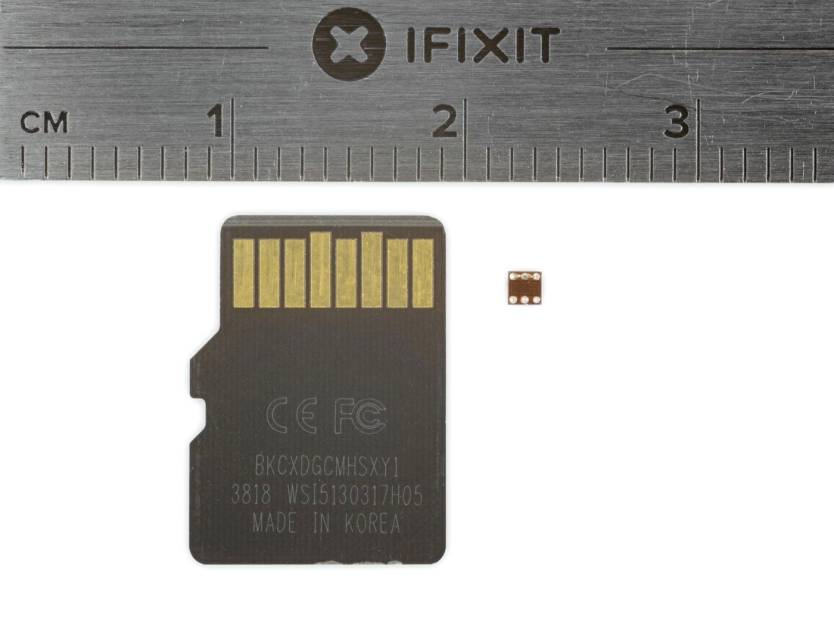Launched last year, the $99 HomePod mini turned out to be a much bigger success for Apple than the larger and more expensive HomePod. Apple discontinued the latter a few days ago, saying it will focus on the mini going forward, and seemingly confirming the less than impressive sales figures of the device.
The HomePod mini has been selling much better than its predecessor. According to recent estimates, the mini helped Apple gain market share in the smart speaker market still dominated by Amazon and Google. The HomePod mini is still more expensive than competing alternatives from the two rivals, and it’s yet to catch up in the software department, but Apple might be working on several additional features for the smart speaker, with a recent discovery indicating that Apple placed a secret feature inside the speaker that it has yet to activate.
The HomePod mini apparently contains a temperature sensor and a humidity sensor that Apple never advertised during or after the launch event. The smart speaker doesn’t have any features that would make use of the sensor, but Apple could enable them via a software update at some point in the future.

An iFixit teardown performed after a Bloomberg inquiry shows the sensor does exist.
The sensor is incredibly small, measuring 1.5 by 1.5 millimeters. The image above shows it sitting side-by-side to a microSD card, which is also quite small. The sensor is manufactured by Texas Instruments, and it’s called HDC2010 Humidity and Temperature Digital Sensor, according to TechInsights.
Bloomberg notes that Apple has discussed internally using the sensor to measure a room’s temperature and humidity. Other smart home thermostats could adjust the temperature in different parts of a home. The sensor could also let the mini trigger other actions, like turning a fan on or off. Apple would have to roll out a software update to enable the features.
The report notes that the sensor is placed far away from the HomePod mini internal components that would generate heat in the bottom edge of the HomePod mini’s “plastic, fabric-wrapped case near its power cable.” This indicates that the sensor is supposed to pick up temperature data from the external environment rather than ensure that internal parts run at desired temperatures.
It’s unclear why Apple hasn’t activated the feature already. Apple already features about 40 thermostats that work with HomeKit devices. The HomePod mini would likely work with those devices.
Activating the temperature sensor would put the HomePod mini on par with the newest Amazon Echo speakers. Apple would have one other use-case scenario to advertise. The HomePod mini could play an active role in automating some home activities related to regulating the temperature. Also, having a temperature sensor inside the speaker could give people another reason to buy multiple mini units for multiple rooms, aside from the speaker functionality. The HomePod mini is more expensive than similar devices from Amazon and Google.
Apple typically updates HomePod software in the fall, so that’s when the mini’s temperature sensor might be enabled. But this is just speculation, and there’s no clear timeline for this HomePod mini feature.








